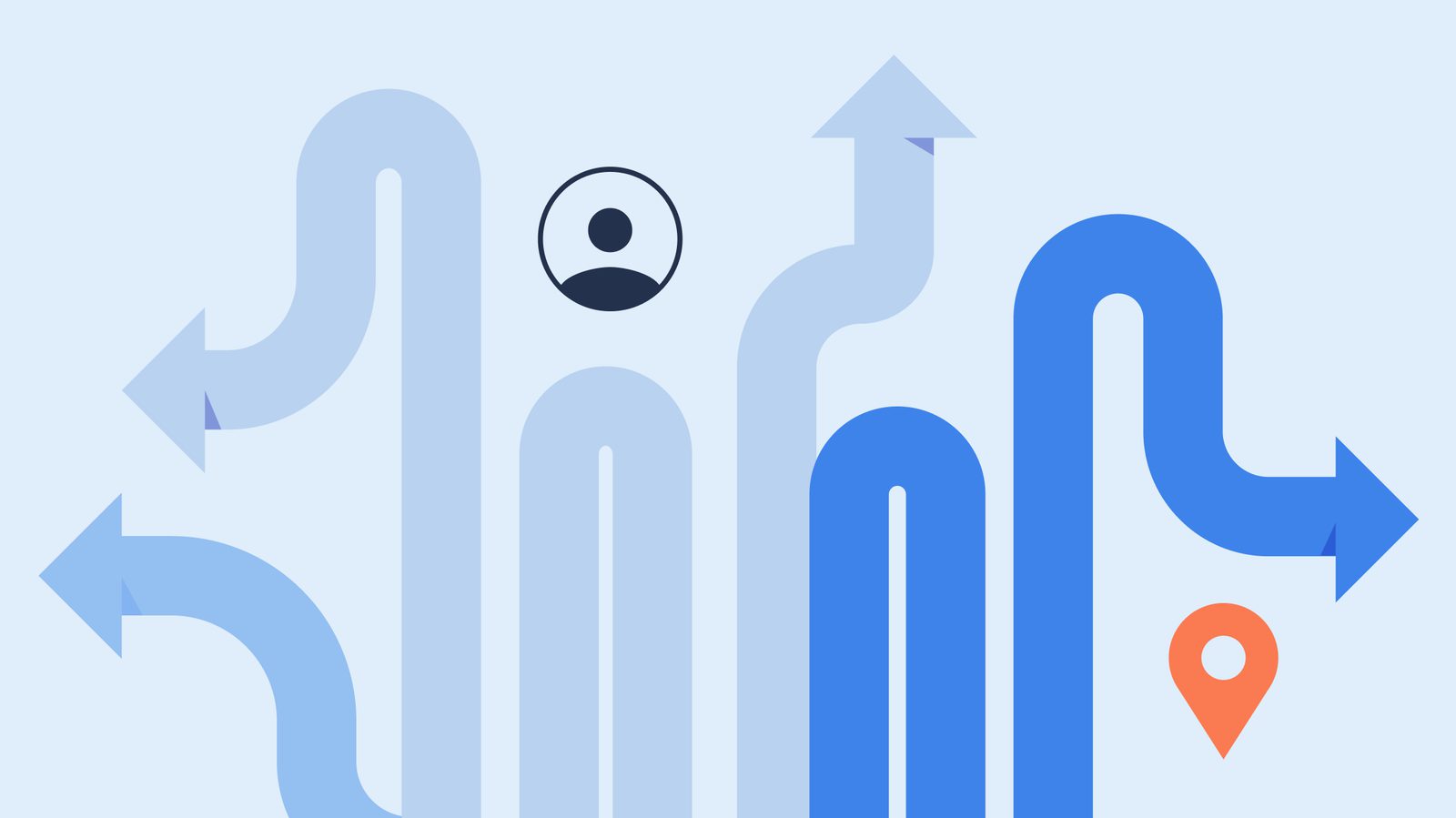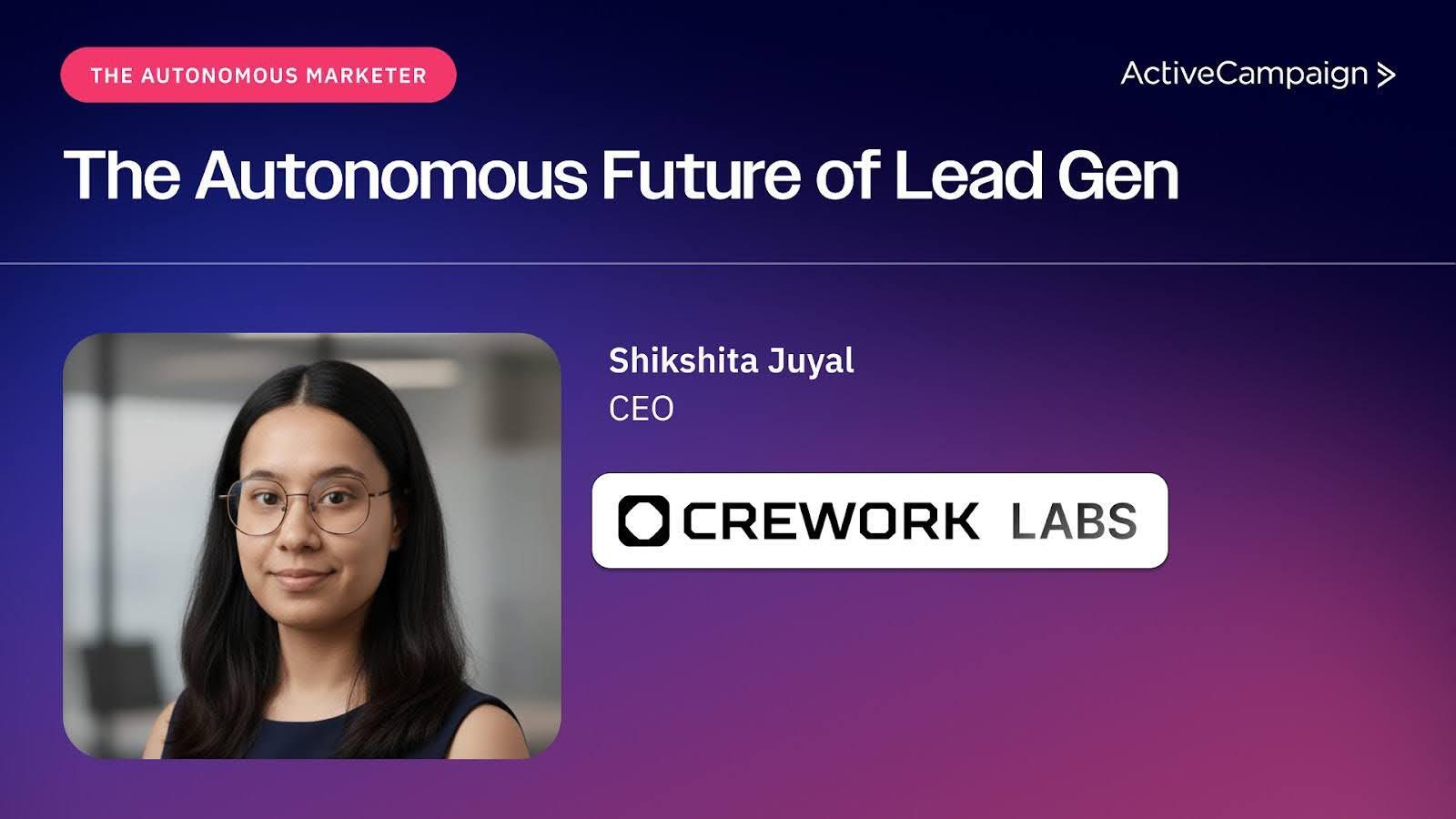Imagine if you could turn your customers into loyal fans who buy from you again and again. Imagine if you could make more money from each customer without spending a dime on ads or new products. Sounds too good to be true, right?
Well, it’s not. Focus on two key metrics — retention and customer lifetime value (CLTV/CLV) — and you’ll get pretty close.
These two metrics are crucial for your profitability, customer loyalty, and competitive advantage. But how can you increase them without spending a fortune on advertising or new product development?
One of the best ways is email marketing. It’s a powerful and cost-effective way to communicate with your clients and persuade them to buy more and stay longer with you. In this article, we will show you eight email marketing tactics effective for increasing retention and CLTV/CLV, along with some tips on how to set them up.
What is the customer lifetime value and how to calculate it?
Customer lifetime value (CLTV/CLV) is a metric that indicates the total revenue a business can reasonably expect from a single customer account throughout the business relationship. The metric considers a customer's revenue value and compares that number to the company's predicted customer lifespan.
CLTV/CLV is important because it helps you understand how much each customer is worth to your business and how much you can afford to spend on acquiring and retaining them. The higher your CLTV/CLV, the more profitable your business will be.
There are different ways to calculate CLTV/CLV, but one of the simplest formulas is:
CLTV/CLV = average order value x purchase frequency x customer lifespan
- Average order value (AOV) is the average amount of money a customer spends per transaction.
- Purchase frequency (PF) is the average number of transactions a customer makes in a given period (e.g., a month or a year).
- Customer lifespan (L) is the average length of time a customer stays with your business before they stop buying from you.
For example, if your average order value is $50, your purchase frequency is 4 times per year, and your customer lifespan is 3 years, then your CLTV/CLV is:
$50 x 4 x 3 = $600
This means that each customer brings you on average $600 in revenue while they stay with your business.
This formula does not take into account other factors that may affect your CLTV/CLV, such as discounts, returns, referrals, costs, or variations in customer behavior. You may need to use more complex models or tools to get a more accurate estimate.
Increase retention and customer lifetime value via email marketing tactics
Email marketing is one of the most effective and affordable ways to communicate with your customers and encourage them to buy more and stay longer with you. It also has a high return on investment (ROI) — the average is 36:1, meaning that for every $1 spent on email marketing, you can expect to earn $36 in revenue.
There are multiple types of emails and email campaigns, and some are more effective for increasing retention and CLTV/CLV than others. Here are 7 tactics that can help you achieve the goal.
1. Sell via welcome emails
Once your email list building gives results, welcome emails are the first emails you send to your new subscribers after they join your email list. They are a good opportunity to sell your value proposition, showcase your products or services, and invite your subscribers to take action.
CampaignMonitor collected data from different studies and found that welcome emails have an average open rate of 91.43%. They also generate up to 320% more revenue per email than other promotional emails.
The welcome email from Backcountry welcomes a new subscriber and immediately delivers a benefit — a 15% off promo code. Then it introduces the products and puts a call-to-action (CTA) right next, aiming to get the subscriber to purchase by using the discount.
Source: Really Good Emails
2. Hyper-personalize your emails
Hyper-personalization of an email is the process of tailoring your email content and design to each individual subscriber based on their behavior, preferences, interests, location, and other information.
Hyper-personalization is an advanced marketing tactic and is the next step after a “simpler” personalization. Personalization is possible to achieve by integrating data from different sources and platforms you use (your CRM, email marketing software, or a customer service platform like Tidio). But the hyper-personalization needs and leverages real-time behavioral data, advanced analytics, and artificial intelligence to tailor products, services, and experiences according to customers’ aspirations and needs.
Hyper-personalization can help you deliver more relevant and engaging emails to your customers, which can increase their loyalty and lifetime value.
Here is an example of a hyper-personalized email from Netflix, an online streaming service. It’s based on the subscriber's viewing history and preferences, firstly reminding them of what they already watched, and then offering new recommendations based on that.
Even more: it shows a preview of the show's trailer and includes a CTA to go straight to watching the movies from the email.
Source: Really Good Emails
3. Set up cart-abandonment workflow
Cart abandonment is when a customer adds items to their online shopping cart but leaves the website without completing their purchase. In most cases, this is the only email flow that ecommerce platforms offer natively. The average documented online shopping cart abandonment rate is 70.19%, and a high rate means that you are leaving money on the table.
However, it’s possible to recover some of it with the cart abandonment email campaigns. According to the statistics, 45% of such emails are opened, 21% of all are clicked on, and 50% of the users that clicked would purchase.
A cart abandonment email by Society6, a community of independent artists worldwide, reminds the customer of the items they left in their cart and promises to keep them reared for 48 hours. Then, it gives a big and attractive discount of 30% off. Society6 ends the email with social proof — the fact that they were featured in The New York Times and other well-known publications.
Source: Really Good Emails
4. Add an upsell or cross-sell to your buying flow
Upselling is when you offer your customers a more expensive or upgraded version of the product or service they are interested in or have already purchased. Cross-selling is when you offer your customers additional or complementary products or services that enhance their purchase.
Both upselling and cross-selling can help you increase your average order value and CLTV/CLV and be a part of an effective omnichannel marketing strategy.
Here is an example of an upsell email offer from Athletic Greens. They sell convenient servings of daily nutrition packs, and on top of that, offer two tiers of subscription with monthly delivery. Their email upsells the buyer from a one-time shop purchase to a regular monthly subscription.
Source: Really Good Emails
When testing this strategy, be ready for a growing number of customer inquiries which means the importance of customer support. To save time, make good use of social media monitoring, IVR solutions, or chatbots on your website as these techniques help to solve customer requests fast.
5. Optimize your campaign sequences
Campaign sequences are a series of emails that you send to your customers or prospects to promote a sale, launch a product, or achieve any other goal that involves generating sales. Running a campaign like this can help you generate more sales and repeat purchases by building anticipation, excitement, urgency, and value for your offer.
When you have insights into your audience and their preferences, you can optimize your campaign sequence and get wonderful results. For example, it's a smart idea to make good use of data transformation solutions and gather customer data from different sources to implement it in your email marketing campaign.
6. Create referral and loyalty programs that encourage customers to promote you
Referral programs are programs that reward your customers for referring new customers to your business. Loyalty programs are programs that reward your customers for making repeat purchases themselves.
Both referral and loyalty programs can help you increase retention and CLTV/CLV by motivating your customers to buy more and stay longer with you. They can also help you acquire new clients through word-of-mouth marketing.
Here is an example of an email from Airbnb that helps find accommodation by promoting their referral program. The email invites the customer to refer people as hosts to Airbnb and offers them $600 as soon as the referred host succeeds with their first reservation.
Source: Really Good Emails
7. Set up Back In Stock notifications
Back In Stock notifications are emails that notify your customers when a product they wanted but was out of stock becomes available again. Back In Stock notifications can help you get more sales and increase customer satisfaction by giving your customers a convenient way to get their desired product.
Here is an example of a Back In Stock email notification from sproos!, the shower brand whose showers can be installed with an adhesive system instead of screwing into the wall. This bright but minimalistic email simply tells readers the showers are back and adds the CTA to urge people to take action.
Source: Really Good Emails
8. Introduce long-term, subscription-based offers, and products
Subscription-based offers and products are offers and products that provide your customers with a convenient and cost-effective way to receive your products or services regularly. Subscription-based offers and products can help you increase retention and CLTV/CLV by creating recurring revenue streams, reducing churn, and increasing customer loyalty.
This last-chance email from Skillshare offers a very good subscription deal — 50% off of membership, courtesy of their Cyber Monday sale. Plus, they are offering a chance to win a $50 gift card, and all of it comes with an easy cancellation policy, unlimited access, and other perks.
Source: Really Good Emails
Wrapping up
Email marketing is a powerful tool to increase retention and customer lifetime value.
By using email marketing tactics such as welcome emails, hyper-personalization, cart abandonment workflows, upselling and cross-selling, campaign sequences, referral and loyalty programs, back-in-stock notifications, and subscription-based offers and products, you can communicate with your customers effectively and persuade them to buy more and stay longer with you.
These tactics will help you boost your profitability, customer loyalty, and competitive advantage without spending a fortune on advertising or new product development. All you need is a good email marketing platform, some creativity, and a clear understanding of your customers’ needs and preferences.








